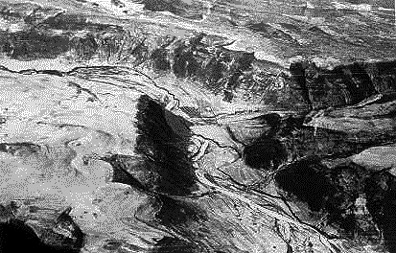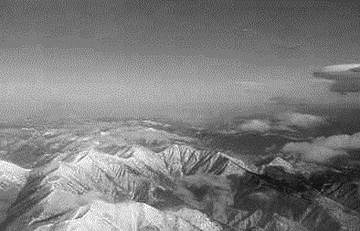|
in the Korean War from An Aerial Photographer’s Point of View by Wayland Mayo |
||||||
|
NOW COMES THE RB-29 The country with the best intelligence of the enemy will always have a distinct advantage. In World War I airmen hand held cameras over the side of the aircraft to photograph enemy troops, trenches, airfields, bomb dumps, fuel storage areas, and barracks. The information obtained from these photos was immensely useful. This was the first actual use of aerial reconnaissance. Through the years there has been steady improvement in aircraft and cameras.
|
||||||
| The
RB-29 was basically involved in supporting two procedures, both equally
important:
1) The basic job was surveillance and bomb damage assessment. Surveillance involved keeping track of enemy movements, location of enemy aircraft, condition and usage of airfields, discovering new targets to bomb such as bridges, factories, dams, and power plants. Their job was to supply Bomber Command with complete photographic coverage of all these sites. These photos are of extreme importance in planning bombing raids. A good example of the importance of surveillance is our photographic coverage of Russian missile placement in Cuba. Photo coverage of the Inchon area in Korea provided us with material to plan and carry out successfully the Inchon invasion. |
The Yalu River from 25,000 feet I shot this from Tiger Lil at 25,000'. The Yalu looks ominous with China on the other side. — 1951, flying out of Yokota. |
|||||
|
|
||||||
|
Manchuria from 25,000 feet This is Manchuria, shot from Tiger Lil at 25,000' and the outside temperature was fifty below zero. |
||||||
|
|
||||||
| We
need to know the position of every antiaircraft gun emplacement, and every
missile launch site. The more photo coverage of enemy territory the better
chance we will have to aggressively attack them.
2) Equally important is Bomb Damage Assessment. After
the first bombers drop their bombs, the smoke and many times clouds
make it impossible to accurately determine the amount of destruction.
We need to know the full extent of the success or failure of the raid.
The RB-29 obtains this information, usually the next day. From these
photos we can determine if additional raids are required, how many planes
are needed, type of bombs to be used, and pinpoint specific targets. THE AIR CREW My primary aerial photography combat experience was gained as a crewmember of RB-29 #4000, “Tiger Lil.” Before we proceed, I would like to introduce you to “Tiger Lil” and her crewmembers”. |
||||||
|
Standing, L to R: Kneeling, L to R: |
||||||
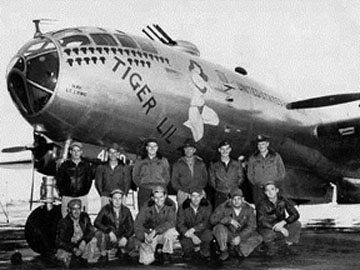 |
||||||
|
|
||||||
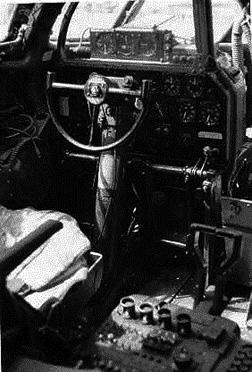 |
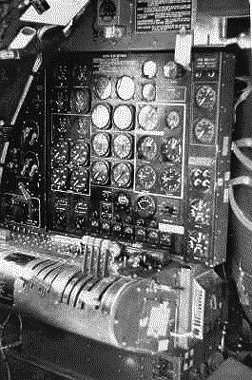 |
|||||
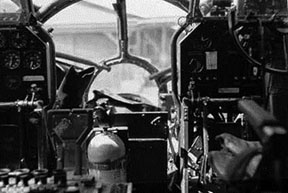 |
Above Left: Aircraft Commander’s position. Left: Cockpit view, Tiger Lil Below: Lt. Long, Navigator |
|||||
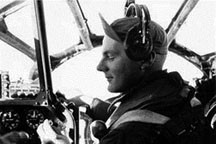 |
||||||
|
End of Chapter 02 — Go To Chapter 03 Chapter — 01 — 02 — 03 — 04 — 05 |
||||||
